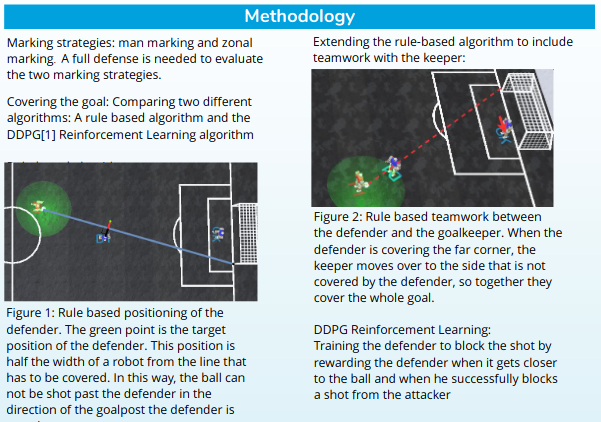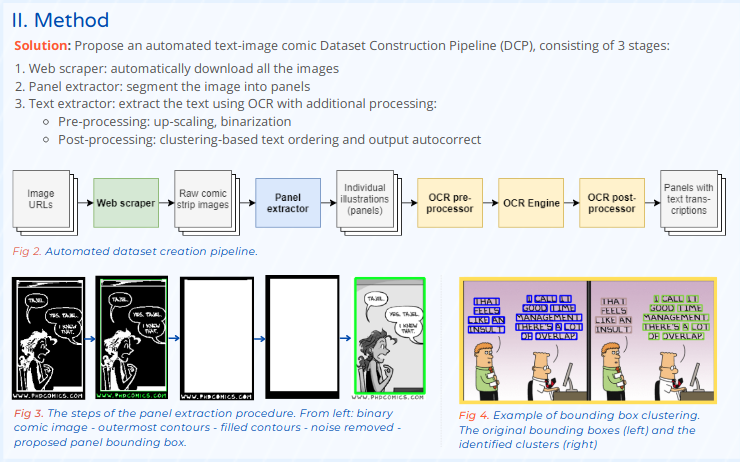More than 250 papers in less than 2 months
Vibrant groups full of creativity and interesting new research, but above all: a new generation of bachelor students ready for all the possible academic hurdles they will face during their master's. The new "Research Project" of the renewed Computer Science and Engineering curriculum is a great success! But what made that possible?
A big change
You don't change a successful curriculum just like that. ‘We thought about it very carefully,’ says Mathijs de Weerdt, ‘because a lot of what we were doing before also worked well’. Until a year ago, the bachelor students of Computer Science Engineering did their graduation research in groups of four at a company, to gain practical experience. ‘That was an incredibly valuable experience and we didn't really want to give it up. But ultimately we also want to train scientists.’ The group assignment at a company was therefore retained, but moved to the second year. And indeed, that went very well. In their third and final year of the bachelor's, the students now do a graduation assignment, in which they set up and complete a high-quality research project in two months, including a paper. ‘That is quite a task, and it was a little exciting whether everyone would succeed.’
But they did: the 250 studies are full of interesting results, from programmes that enable a computer to defend itself better in a game of AI football to algorithms that automatically analyse web comics. ‘Supervisors, including professors, were more than positively surprised by the quality’, says Mathijs enthusiastically, ‘some are even working on getting their research published.’
Are you curious about all the results? Then click here.
An unexpected puzzle
For Mathijs and his team there was also a major task: how do you ensure that all those students set up a good research project in two months? ‘We want to teach them something, so where necessary we can also help a little.’ The traditional research set up was therefore reversed: supervisors proposed an interesting project with concrete research questions, with which about five students can set to work. The students could indicate their preferences for a number of these projects. ‘Then you have to do some serious calculating, because how do you arrive at the fairest distribution? With some puzzling, we arranged for everyone to be assigned to a research project that he or she thought would be interesting. Without peaks, so not everyone ended up with his or her favourite research, but also without troughs: we didn't saddle anyone with a subject that held little interest for him or her.’
This way, the students could quickly start working on their subject, together with fellow students and under the guidance of an experienced supervisor. One of the supervisors was Gosia Migut, who also helped to set up the programme. ‘It was very nice that students started off in a common direction, you can really notice the cross-pollination. Tips were shared on good sources of information, or which algorithm is or isn't suitable for goal x or y. Although it is good that students have now done their own research, I am glad that there was a group to fall back on. You can see that a group motivates and that it brings out the best in the students.’


